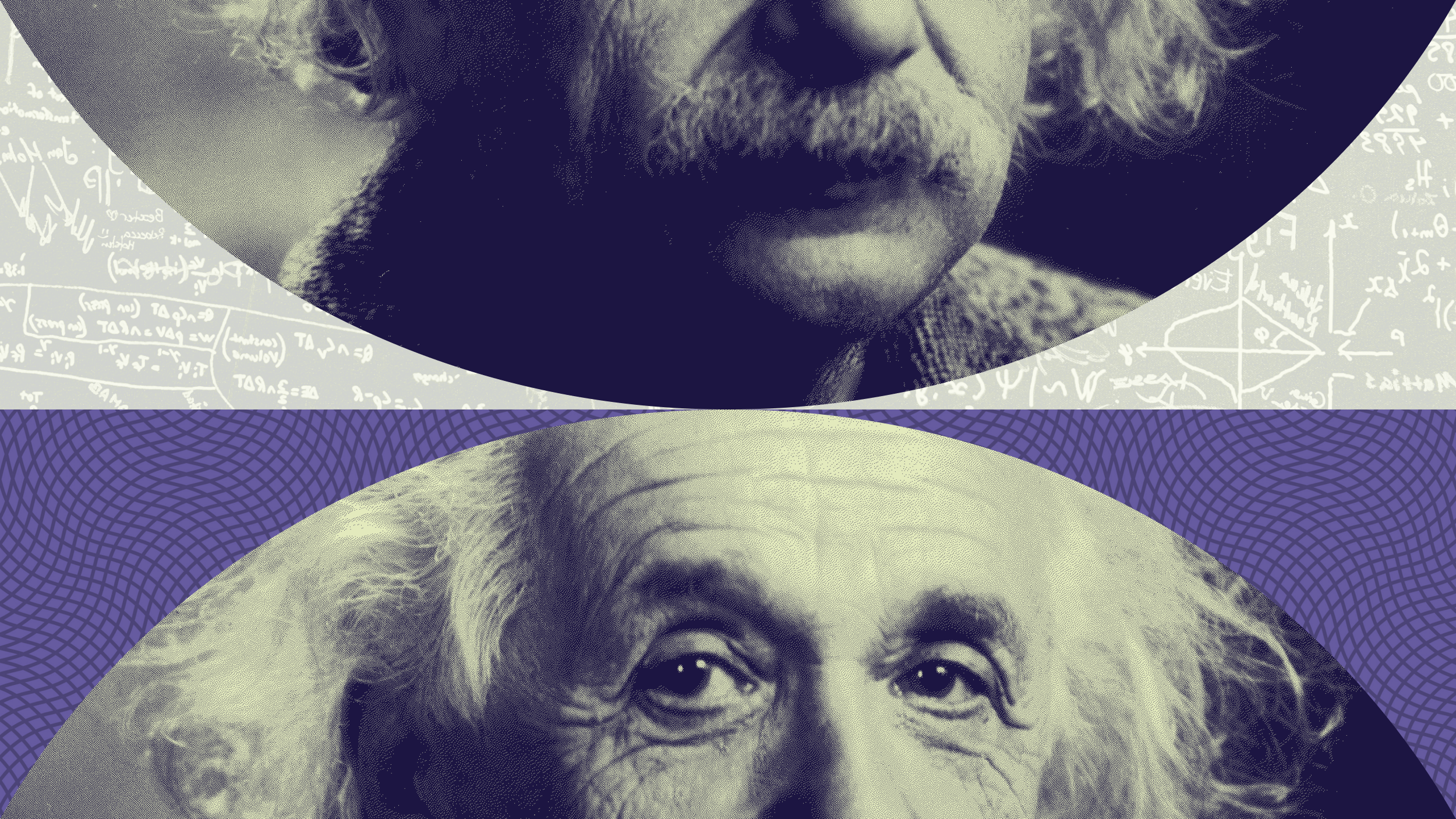Ed Conard, a retired partner of Bain Capital says that one of the company’s key insights was that “companies are in fierce competition with each other to deliver as much value as they possibly can at the lowest cost as fast as they possibly can. So they’re constantly trying to make those improvements, innovate to create more value, cut costs to deliver more value at lower and lower cost. And what do investors capture? They capture the difference between themselves and the next best competitor.
Edward Conard: I think that Bain worked incredibly hard to make businesses as strong as they could possibly be and to grow them as fast as they could so that they create a value for their shareholders by having the next owner of the company look forward into the future and see a very robust and successful future. I’m very proud of the work that I did. I don’t speak for Bain--I’m a retired partner of Bain Capital--but I’m very proud of the work that I did and I’m very proud of the work that the organization did. We worked hard to make companies successful.
Let’s take the steel mills. And again, I don’t speak for Bain Capital. I’m giving you my interpretation, but some of those investments occurred while I was there--they were not my investments, but Bain made two investments in steel mills. One of them I think is the fifth, sixth, or seventh largest steel mill today and employs thousands of people, somewhere between 5 and 10,000. I don’t know exactly the number. The other one, the mill that was slated to be shut down, they put it up for sale. If somebody hadn’t come along and bought it, it would have been shut down. Bain invested $100 million over the course of ten years trying to make that business successful. Half the steel industry went out of business over that period, the late 1990s. It was one of the companies that didn’t succeed. Other people have come along and tried to make it successful and they haven’t been able to make it successful. I mean, I think you could say we died trying. We worked incredibly hard. Had we known today how much of a macro- environment--the difficulties steel would have faced in the United States--, would we have made the investment? Would people have lent us the money to make the investment? . . . I mean, we killed ourselves to make that business as successful as we could possibly make it.
Bain from Bain Consulting had valuable technology about what makes businesses successful and how to make them successful. And Bill Bain also said it’s not enough to just have a good idea. You really have to roll up your sleeves and get involved in the implementation, because if you don’t understand what, in fact, will and won’t get implemented, you’ll never be successful. And one of Bain’s—Bill’s insights--was that companies are in fierce competition with each other to deliver as much value as they possibly can at the lowest cost as fast as they possibly can. So they’re constantly trying to make those improvements, innovate to create more value, cut costs to deliver more value at lower and lower cost. And what do investors capture? They capture the difference between themselves and the next best competitor. So most guys are earning less than the cost of the capital. One or two successful companies are earning slightly more than the cost of capital. But all of the value that’s being created, or captured by the investors, if you will—captured is what I mean—is the difference between those two. It’s not the value that they’re creating. They have to create enormous value for the customer just to stay even.
So what was one of the insights I thought that we had? We recognized that we would have to create enormous amounts of value, that we capture very little of that value for investors, and that we thought about that when we were evaluating investment opportunities that perhaps people didn’t think about. But, you know, you’re in a horse race--that’s the way Bill would describe it--do you go get the lamest horse and try and teach it how to run, or do you get the thoroughbred and say, "I have technology which will help you run faster. I can show you to . . . don’t move your arms like this. Move your arms like this. . . . These changes will help you compete more successfully against your competitors, and you’ll end up being more profitable as a result."
I think it’s a misnomer to think that the only thing we did was try to take the weak and the lame and fix them. We were looking at a whole broad range of investment opportunities and trying to find in each circumstance what would make the company more successful and then go about implementing those things.
Directed / Produced by
Jonathan Fowler & Elizabeth Rodd





